| Company Name |
Stock Ticker |
Dividend Yield |
Key Stats |
| Johnson & Johnson |
JNJ |
3.0% |
Strong healthcare sector stability |
| Procter & Gamble |
PG |
2.5% |
Consistent dividend growth |
| Coca-Cola |
KO |
3.2% |
Reliable consumer goods performance |
| Verizon |
VZ |
6.3% |
High-yield telecom stock |
| Microsoft |
MSFT |
0.9% |
Strong tech sector growth |
| McDonald's |
MCD |
2.2% |
Stable dividend payer in consumer services |
| JPMorgan Chase |
JPM |
2.8% |
Leading financial sector dividend stock |
| Bank of America |
BAC |
2.5% |
Consistent dividend payouts |
| ExxonMobil |
XOM |
4.1% |
Strong energy sector dividend stock |
| Chevron |
CVX |
4.2% |
Reliable oil and gas dividend payer |
| Apple |
AAPL |
0.6% |
Balanced dividend and reinvestment strategy |
| Tesla |
TSLA |
N/A |
Focuses on reinvestment over dividends |
| Amazon |
AMZN |
N/A |
High-growth reinvestment strategy |
| Alphabet |
GOOGL |
N/A |
Prioritizes reinvestment over dividends |
| Berkshire Hathaway |
BRK.B |
N/A |
No dividend policy, reinvests profits |
Understanding Big Dividend Stocks
Introduction
Big dividend stocks, known for their high-yield payouts, are a popular choice among investors seeking consistent income and financial stability. These stocks belong to companies with strong cash flows and a commitment to distributing substantial portions of their earnings to shareholders. High-yield dividend stocks attract investors looking to supplement income, particularly in volatile market conditions where stable returns are essential. Historically, big dividend stocks have provided reliable performance, often maintaining payouts even during economic downturns. By understanding how these stocks operate, investors can make informed decisions to maximize their portfolio’s long-term growth and income potential.
Benefits of Investing in Big Dividend Stocks
Big dividend stocks provide a reliable source of passive income, making them a preferred choice for income-focused investors. Companies with strong dividend yields distribute regular payouts, allowing shareholders to generate consistent earnings without selling their holdings. Stocks like Verizon VZ and ExxonMobil XOM offer attractive yields, ensuring steady cash flow for investors seeking financial stability. Beyond income generation, big dividend stocks contribute to portfolio stability by reducing overall volatility. Large-cap companies with established market positions and strong financials tend to perform consistently, even during economic downturns. Firms such as Johnson & Johnson JNJ and Procter & Gamble PG maintain steady dividend payouts, reinforcing investor confidence.
Long-term capital appreciation is another advantage of investing in big dividend stocks. While these companies prioritize dividend distributions, they also focus on sustainable growth, leading to gradual stock price appreciation. Microsoft MSFT and McDonald's MCD exemplify this balance, consistently increasing their dividends while expanding their market presence.
Sources:
Dividend Stocks
Kiplinger
Key Metrics for Evaluating Big Dividend Stocks
Dividend yield is a fundamental metric for assessing the income potential of a dividend stock. It represents the annual dividend payment as a percentage of the stock's current price, helping investors gauge their return on investment. Companies like Verizon VZ and ExxonMobil XOM offer high dividend yields, making them attractive choices for income-focused investors. The payout ratio is another key factor in evaluating dividend stocks. It measures the percentage of earnings a company distributes as dividends, indicating whether the dividend payments are sustainable. A lower payout ratio suggests that a company retains enough earnings for growth while maintaining dividend payments.
Firms like Apple AAPL and Visa V maintain conservative payout ratios, ensuring long-term dividend stability while reinvesting in business expansion.
Dividend growth rate and earnings stability further determine the reliability of a dividend stock. Companies with a consistent history of increasing dividends demonstrate financial strength and commitment to shareholders. Stocks such as Johnson & Johnson JNJ and Microsoft MSFT have shown steady dividend growth over the years, reinforcing investor confidence.
Sources:
Investing.com Investopedia
Charles Schwab
Top Big Dividend Stocks to Consider
Investors seeking high-yield dividend stocks often turn to well-established companies with strong financials and consistent payouts. Some of the top dividend stocks include Altria Group MO, known for its robust yield in the consumer staples sector, and ExxonMobil XOM, which provides stable dividends backed by energy sector strength. These companies have maintained reliable distributions over the years, making them attractive options for income-focused investors.
Industry-wise, financial and healthcare stocks offer dependable dividend payouts. JPMorgan Chase JPM and Bank of America BAC provide strong yields within the financial sector, benefiting from stable earnings and diversified revenue streams. Meanwhile, healthcare giants like Johnson & Johnson JNJ and Pfizer PFE have demonstrated resilience, maintaining steady dividends despite economic fluctuations.
Historical dividend performance is a key factor in evaluating big dividend stocks. Companies with a track record of increasing dividends signal financial strength and commitment to shareholders. Stocks such as McDonald's MCD and Chevron CVX have consistently raised their payouts, reinforcing investor confidence.
Sources:
Morningstar Forbes
Risks and Challenges
Market fluctuations can significantly impact big dividend stocks, despite their reputation for stability. Economic downturns, interest rate changes, and geopolitical events can lead to stock price volatility, affecting investor confidence. Even well-established companies like JPMorgan Chase JPM and Procter & Gamble PG experience price swings due to broader market conditions. Dividend cuts and sustainability concerns pose another challenge for dividend investors. Companies facing financial difficulties or declining revenues may reduce or eliminate dividend payments to preserve cash flow. For example, firms in cyclical industries, such as energy and retail, may struggle to maintain dividends during economic downturns.
Stocks like AT&T T have historically adjusted their dividend policies based on financial performance, highlighting the importance of monitoring payout ratios and earnings stability. Industries such as healthcare and technology face regulatory changes, innovation challenges, and shifting consumer preferences that can impact profitability. Meanwhile, energy stocks like ExxonMobil XOM and Chevron CVX are influenced by oil price volatility and environmental regulations.
Strategies for Building a High-Yield Dividend Portfolio
Diversification is essential for managing risk and ensuring steady income from dividend stocks. A well-balanced portfolio includes companies from various sectors, such as healthcare, consumer goods, and financials, to minimize exposure to industry-specific downturns. Investors often include stocks like Johnson & Johnson JNJ for healthcare stability, Procter & Gamble PG for consumer goods reliability, and JPMorgan Chase JPM for financial sector strength. Reinvestment strategies play a crucial role in maximizing long-term gains. Dividend reinvestment plans (DRIPs) allow investors to automatically reinvest dividends into additional shares, compounding returns over time. Companies like Microsoft MSFT and McDonald's MCD have historically rewarded shareholders who reinvest dividends, leading to significant portfolio growth.
Balancing growth and income ensures a portfolio remains resilient while generating passive earnings. Some dividend stocks offer high yields but limited growth, while others provide moderate dividends with strong appreciation potential. Investors may combine high-yield stocks like Verizon VZ with growth-oriented dividend payers like Apple AAPL to achieve a balance between income and capital appreciation.
In Conclusion
Big dividend stocks offer a powerful combination of income generation, portfolio stability, and long-term appreciation, making them an attractive choice for many investors. Understanding key metrics such as dividend yield, payout ratio, and historical performance allows for informed decisions when selecting high-yield stocks. While dividend-paying companies provide steady returns, non-dividend stocks offer growth potential through reinvestment strategies. By carefully balancing diversification, reinvestment plans, and sector-based risk assessment, investors can build a robust dividend portfolio that aligns with financial goals and ensures sustained wealth accumulation over time.
Expert Analysis: Maximizing Returns with Big Dividend Stocks
How to Leverage High-Yield Stocks for Long-Term Wealth
Big dividend stocks can be a powerful tool for wealth accumulation, but selecting the right ones requires careful evaluation. Investors should focus on companies with strong fundamentals, sustainable payout ratios, and a history of consistent dividend growth. While high yields are attractive, ensuring long-term stability is key to avoiding dividend cuts and maximizing returns.
📌Read More About:
Top Large Cap Stocks- https://stockbossup.com/pages/topics/large-cap
What Are Large US Cap Stocks?- https://stockbossup.com/pages/post/39045/understanding-large-us-cap-stocks-and-their-market-influence
Do All Large Cap Companies Pay Dividends?- https://stockbossup.com/pages/post/39151/do-all-large-cap-companies-pay-dividends-understanding-dividend-policies
Best Large Cap Dividend Stocks- https://stockbossup.com/pages/post/39150/top-large-cap-dividend-stocks-for-long-term-growth-and-stability
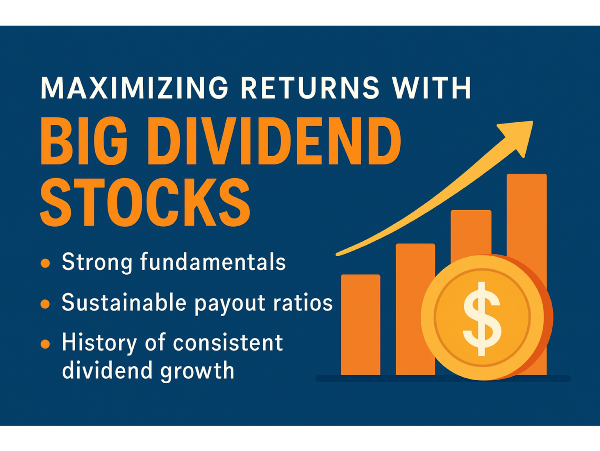


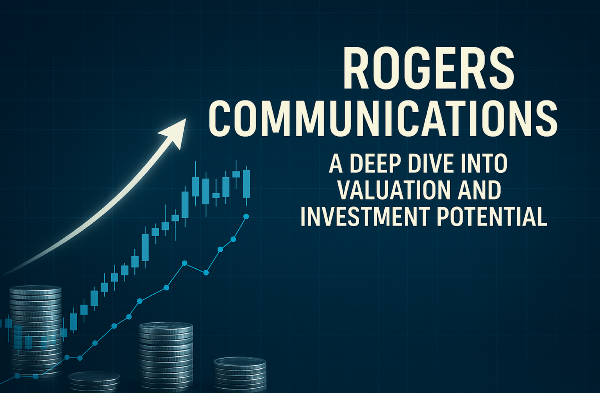
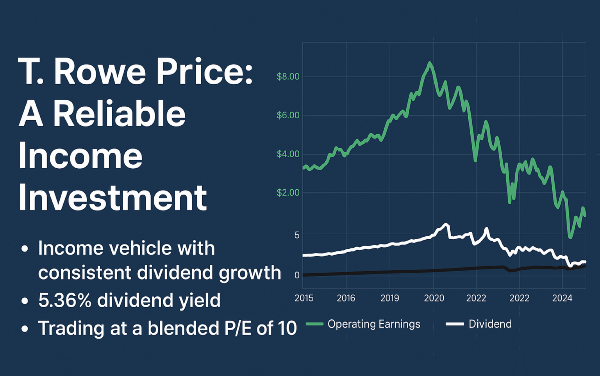
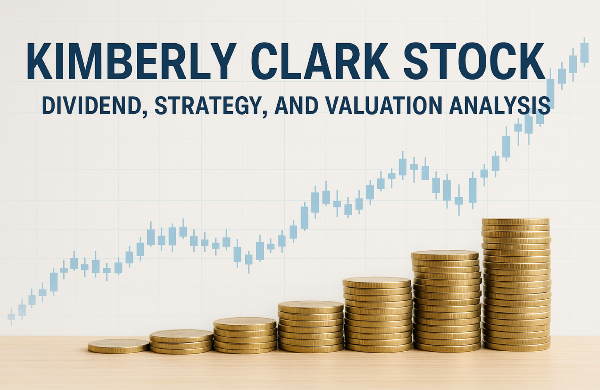

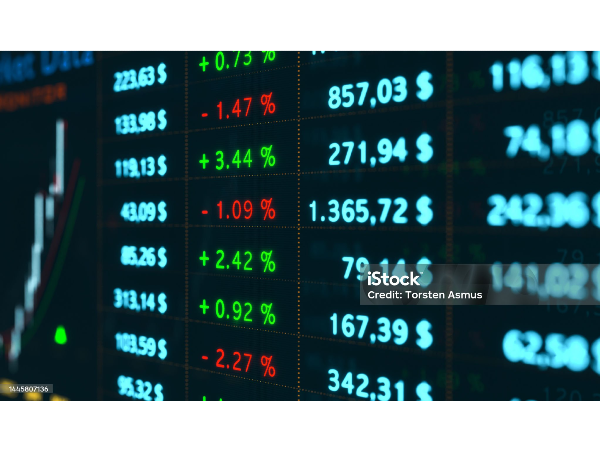


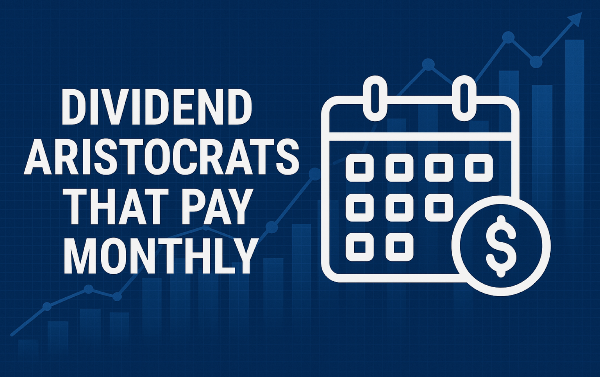
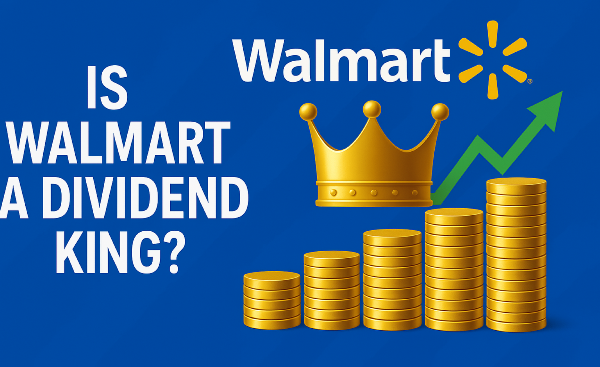

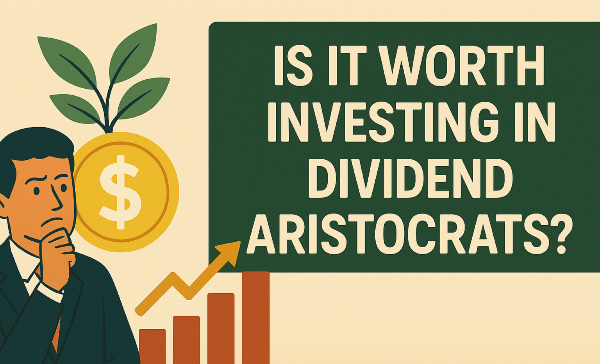
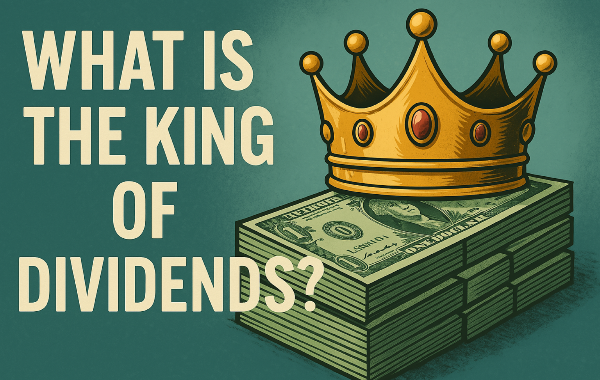
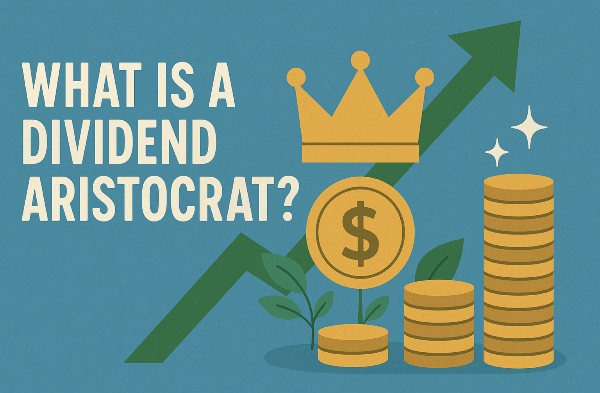
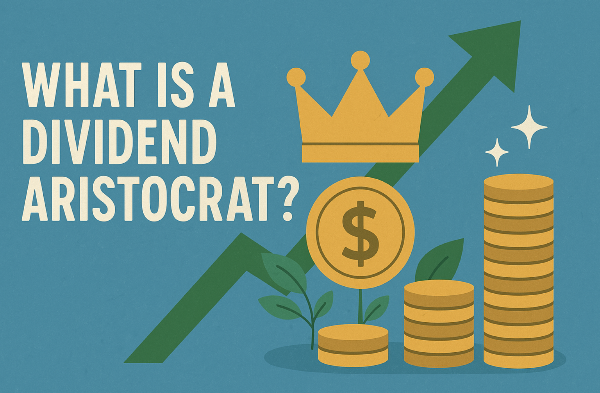
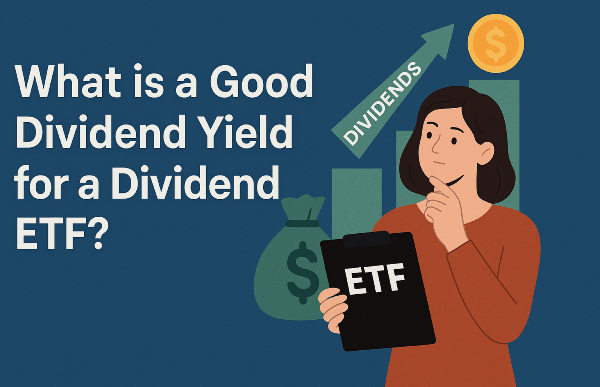
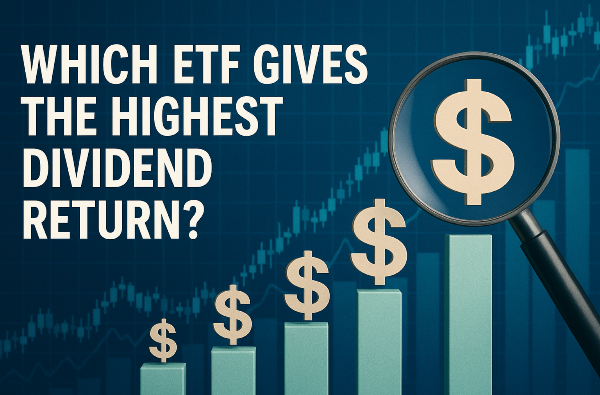


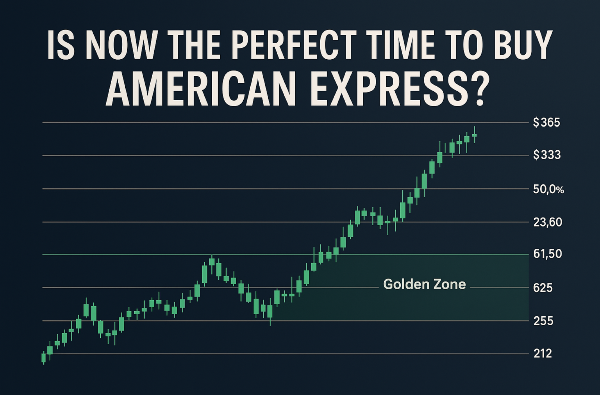








Understanding Big Dividend Stocks
Introduction
Big dividend stocks, known for their high-yield payouts, are a popular choice among investors seeking consistent income and financial stability. These stocks belong to companies with strong cash flows and a commitment to distributing substantial portions of their earnings to shareholders. High-yield dividend stocks attract investors looking to supplement income, particularly in volatile market conditions where stable returns are essential. Historically, big dividend stocks have provided reliable performance, often maintaining payouts even during economic downturns. By understanding how these stocks operate, investors can make informed decisions to maximize their portfolio’s long-term growth and income potential.
Benefits of Investing in Big Dividend Stocks
Big dividend stocks provide a reliable source of passive income, making them a preferred choice for income-focused investors. Companies with strong dividend yields distribute regular payouts, allowing shareholders to generate consistent earnings without selling their holdings. Stocks like Verizon VZ and ExxonMobil XOM offer attractive yields, ensuring steady cash flow for investors seeking financial stability. Beyond income generation, big dividend stocks contribute to portfolio stability by reducing overall volatility. Large-cap companies with established market positions and strong financials tend to perform consistently, even during economic downturns. Firms such as Johnson & Johnson JNJ and Procter & Gamble PG maintain steady dividend payouts, reinforcing investor confidence.
Long-term capital appreciation is another advantage of investing in big dividend stocks. While these companies prioritize dividend distributions, they also focus on sustainable growth, leading to gradual stock price appreciation. Microsoft MSFT and McDonald's MCD exemplify this balance, consistently increasing their dividends while expanding their market presence.
Sources:
Dividend Stocks Kiplinger
Key Metrics for Evaluating Big Dividend Stocks
Dividend yield is a fundamental metric for assessing the income potential of a dividend stock. It represents the annual dividend payment as a percentage of the stock's current price, helping investors gauge their return on investment. Companies like Verizon VZ and ExxonMobil XOM offer high dividend yields, making them attractive choices for income-focused investors. The payout ratio is another key factor in evaluating dividend stocks. It measures the percentage of earnings a company distributes as dividends, indicating whether the dividend payments are sustainable. A lower payout ratio suggests that a company retains enough earnings for growth while maintaining dividend payments.
Firms like Apple AAPL and Visa V maintain conservative payout ratios, ensuring long-term dividend stability while reinvesting in business expansion.
Dividend growth rate and earnings stability further determine the reliability of a dividend stock. Companies with a consistent history of increasing dividends demonstrate financial strength and commitment to shareholders. Stocks such as Johnson & Johnson JNJ and Microsoft MSFT have shown steady dividend growth over the years, reinforcing investor confidence.
Sources:
Investing.com Investopedia Charles Schwab
Top Big Dividend Stocks to Consider
Investors seeking high-yield dividend stocks often turn to well-established companies with strong financials and consistent payouts. Some of the top dividend stocks include Altria Group MO, known for its robust yield in the consumer staples sector, and ExxonMobil XOM, which provides stable dividends backed by energy sector strength. These companies have maintained reliable distributions over the years, making them attractive options for income-focused investors. Industry-wise, financial and healthcare stocks offer dependable dividend payouts. JPMorgan Chase JPM and Bank of America BAC provide strong yields within the financial sector, benefiting from stable earnings and diversified revenue streams. Meanwhile, healthcare giants like Johnson & Johnson JNJ and Pfizer PFE have demonstrated resilience, maintaining steady dividends despite economic fluctuations.
Historical dividend performance is a key factor in evaluating big dividend stocks. Companies with a track record of increasing dividends signal financial strength and commitment to shareholders. Stocks such as McDonald's MCD and Chevron CVX have consistently raised their payouts, reinforcing investor confidence.
Sources:
Morningstar Forbes
Risks and Challenges
Market fluctuations can significantly impact big dividend stocks, despite their reputation for stability. Economic downturns, interest rate changes, and geopolitical events can lead to stock price volatility, affecting investor confidence. Even well-established companies like JPMorgan Chase JPM and Procter & Gamble PG experience price swings due to broader market conditions. Dividend cuts and sustainability concerns pose another challenge for dividend investors. Companies facing financial difficulties or declining revenues may reduce or eliminate dividend payments to preserve cash flow. For example, firms in cyclical industries, such as energy and retail, may struggle to maintain dividends during economic downturns.
Stocks like AT&T T have historically adjusted their dividend policies based on financial performance, highlighting the importance of monitoring payout ratios and earnings stability. Industries such as healthcare and technology face regulatory changes, innovation challenges, and shifting consumer preferences that can impact profitability. Meanwhile, energy stocks like ExxonMobil XOM and Chevron CVX are influenced by oil price volatility and environmental regulations.
Strategies for Building a High-Yield Dividend Portfolio
Diversification is essential for managing risk and ensuring steady income from dividend stocks. A well-balanced portfolio includes companies from various sectors, such as healthcare, consumer goods, and financials, to minimize exposure to industry-specific downturns. Investors often include stocks like Johnson & Johnson JNJ for healthcare stability, Procter & Gamble PG for consumer goods reliability, and JPMorgan Chase JPM for financial sector strength. Reinvestment strategies play a crucial role in maximizing long-term gains. Dividend reinvestment plans (DRIPs) allow investors to automatically reinvest dividends into additional shares, compounding returns over time. Companies like Microsoft MSFT and McDonald's MCD have historically rewarded shareholders who reinvest dividends, leading to significant portfolio growth.
Balancing growth and income ensures a portfolio remains resilient while generating passive earnings. Some dividend stocks offer high yields but limited growth, while others provide moderate dividends with strong appreciation potential. Investors may combine high-yield stocks like Verizon VZ with growth-oriented dividend payers like Apple AAPL to achieve a balance between income and capital appreciation.
In Conclusion
Big dividend stocks offer a powerful combination of income generation, portfolio stability, and long-term appreciation, making them an attractive choice for many investors. Understanding key metrics such as dividend yield, payout ratio, and historical performance allows for informed decisions when selecting high-yield stocks. While dividend-paying companies provide steady returns, non-dividend stocks offer growth potential through reinvestment strategies. By carefully balancing diversification, reinvestment plans, and sector-based risk assessment, investors can build a robust dividend portfolio that aligns with financial goals and ensures sustained wealth accumulation over time.
Expert Analysis: Maximizing Returns with Big Dividend Stocks
How to Leverage High-Yield Stocks for Long-Term Wealth
Big dividend stocks can be a powerful tool for wealth accumulation, but selecting the right ones requires careful evaluation. Investors should focus on companies with strong fundamentals, sustainable payout ratios, and a history of consistent dividend growth. While high yields are attractive, ensuring long-term stability is key to avoiding dividend cuts and maximizing returns.
📌Read More About:
Top Large Cap Stocks- https://stockbossup.com/pages/topics/large-cap
What Are Large US Cap Stocks?- https://stockbossup.com/pages/post/39045/understanding-large-us-cap-stocks-and-their-market-influence
Do All Large Cap Companies Pay Dividends?- https://stockbossup.com/pages/post/39151/do-all-large-cap-companies-pay-dividends-understanding-dividend-policies
Best Large Cap Dividend Stocks- https://stockbossup.com/pages/post/39150/top-large-cap-dividend-stocks-for-long-term-growth-and-stability